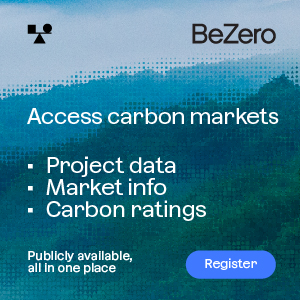Guangdong province has become the latest of China’s pilot carbon markets to limit the flow of offsets from some project types into its market, ruling out among others pre-CDM projects and offsets from fossil fuel-curbing initiatives.
The Guangdong market, the biggest of the Chinese pilots, allows emitters to use CCERs for up 10 percent of their emissions.
But a large share of available CCERs were deemed ineligible in rules released by the Guangdong Development and Reform Commission (DRC) on Feb. 16.
The market regulator said it would not accept so-called pre-CDM CCERs, meaning offsets from projects that have been registered in the CDM, but generated before the projects joined the UN mechanism.
Pre-CDM credits account for more than 99.5 percent of the roughly 15 million CCERs that have been issued so far. The ban in Guangdong follows similar moves by Beijing and Shanghai, making it harder for those project-owners to find buyers.
Guangdong also said half the CCERs any company uses for compliance must stem from reductions of carbon dioxide (CO2) or methane (CH4) emissions.
It also ruled out use of CCERs from hydro projects and any fossil fuel project, with the exception of coal-bed methane.
However, the final rules did omit a proposal from last year which said 70 percent of Guangdong’s CCERs must come from projects hosted within the province.
Allowance prices in Guangdong linger around the 20 yuan ($3.10) amid a lack of buying interest in what is widely perceived as an over-supplied market.
SALES LIMIT
In the same statement the DRC banned emitters from selling more than 50 percent of their free allowances until their annual emissions have been verified.
Emitters covered by the scheme receive 95-97 percent of the allowances they need for free, but must hold on to at least half of those until the government has verified their emissions and they have complied with the scheme, it said.
The announcement is seen as a move to prevent the market being flooded with surplus allowances from companies that move out of the province or cut their production levels amid China’s economic slowdown.
By Stian Reklev – stian@carbon-pulse.com



